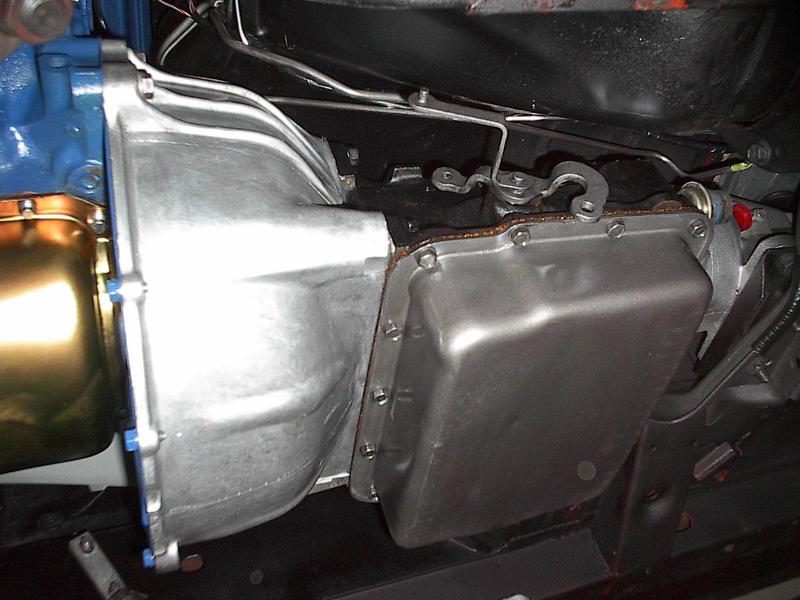My 1970 Mach 1
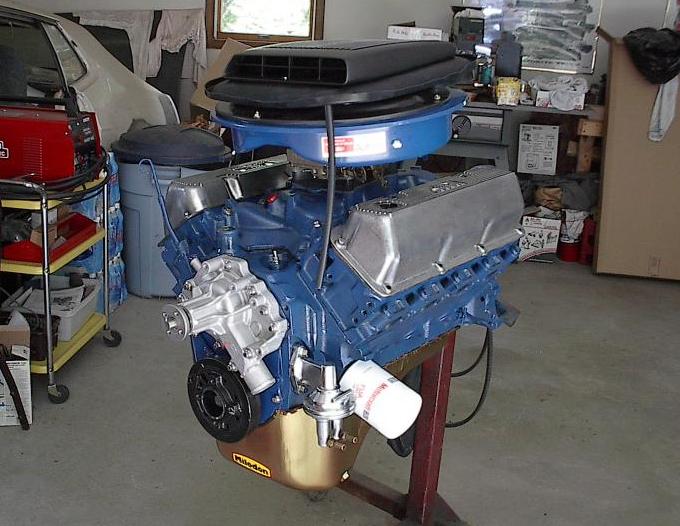
The engine I had on hand was the 351C 4V that was in my Sprint. {I plan to build a 408C stroker for the Sprint.}
The block came from my '71 Cougar and has a late 1970 casting date. The heads are 1970 4V closed chamber
heads which have been machined to accept 351 Boss studs and guide plates. It has L2379-F forged flat top
TRW pistons for 10.7:1 compression, Total Seal gapless rings, ARP rod bolts, balanced reciprocating assembly,
Comp Cams 270S solid cam {270 duration, .540" lift} and I'm using the 1970 cast iron intake for the correct
period look. The carburetor will be a Holley 780 cfm 1970 Boss 302 unit my very good friend Alex Denysenko
GAVE me! What a pal! This picture shows the engine with Ford Motorsports valve covers, but I have a set of cast
aluminum Boss 302 reproduction valve covers I will use to add to the Boss 302 look along with a Boss coil mount.
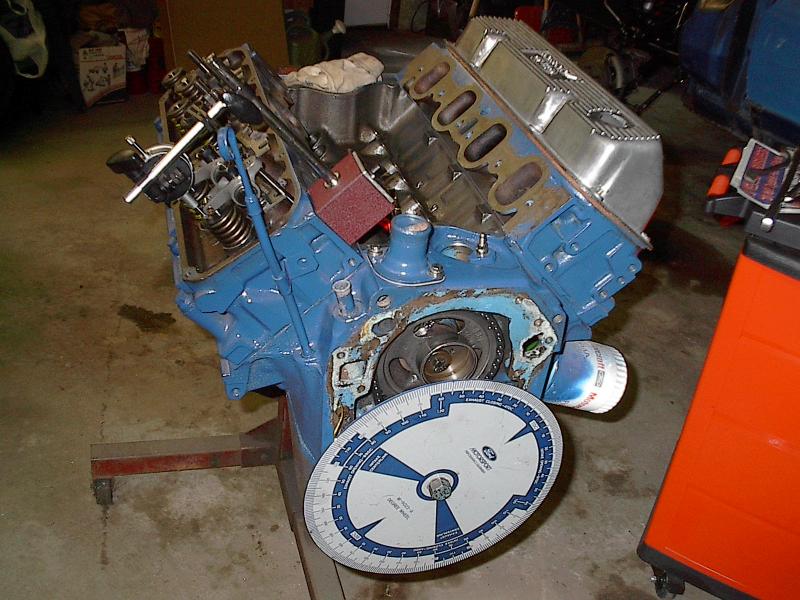
Here we degree the 270S cam we got from Moneymaker Racing. Note the Crower stainless steel roller rocker arms
and the Boss 302/Boss 351 studs and guide plates. Not many things looks cooler than Boss valvetrain components.
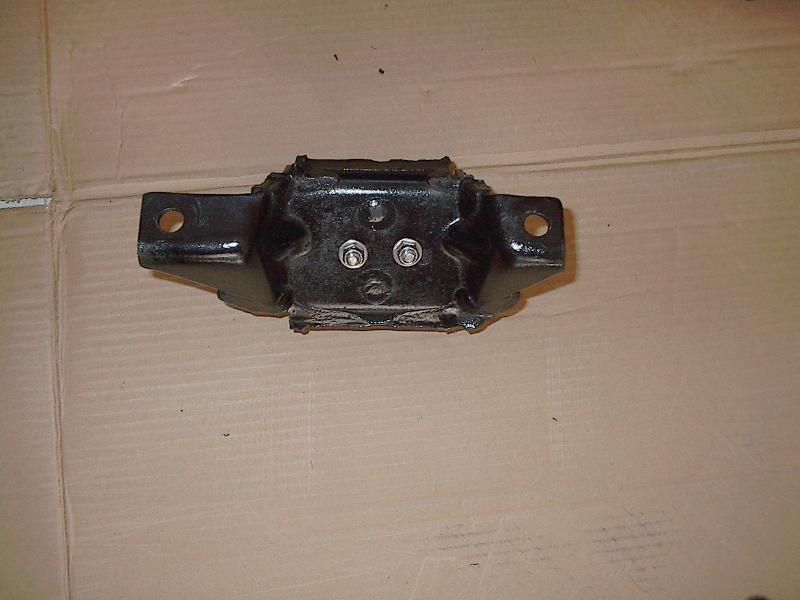
On a car with a shaker hood scoop, the last thing you want is an engine mount breaking and the scoop crashing into your hood.
To avoid this, I used one of my old tricks of drilling my driver's side engine mount to accept through bolts. This limits any
upward movement should the mount fail. This is only done to the driver's side since it's the mount that resists any rotational
force from the engine, the passenger side just compresses, which is a lot easier on the mount and less likely to cause damage.
I use two carriage bolts, washers and nyloc nuts to secure the mounts, and I place the nuts on top where there's plenty of room.
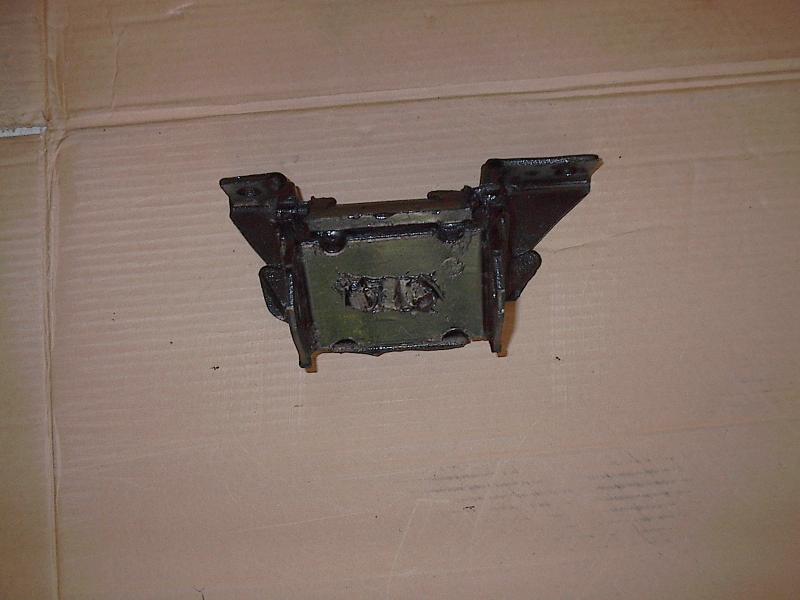
On the frame mount side, the carriage bolt heads need a bit of grinding for clearance, then I coat them with epoxy for
corrosion resistance and secure them for tightening. They are only tightened to provide zero lash between washer and mount.
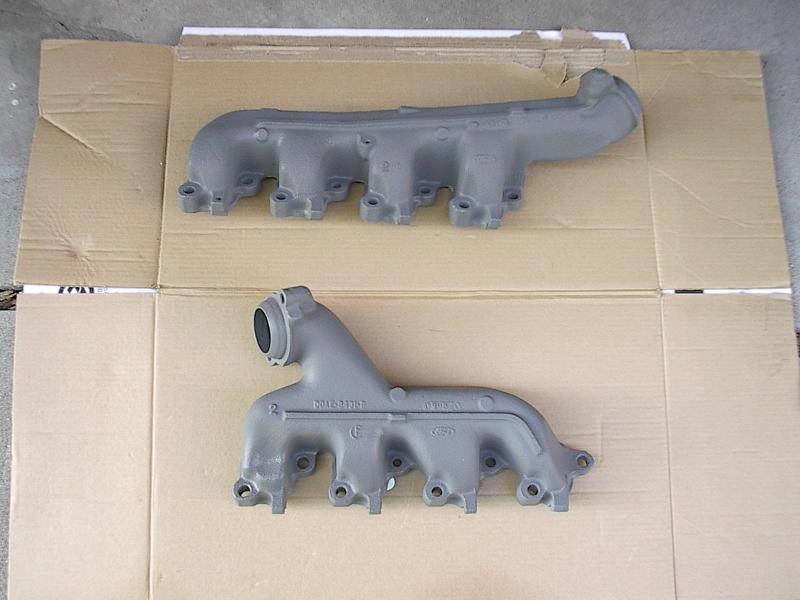
Owing to the '70's tight engine compartment I didn't want the hassles of headers and those funky power steering slave ram
drop brackets, so I bought some correct 4V exhaust manifolds from ebay and sent them off to Jet-Hot to get ceramic coated.
I would have perferred them to come out a bit darker, and when I checked with Jet-Hot they said any paint would flake off
shortly after start-up so they have to be good enough. They aren't that bad, I just think a little darker would look better.
While I currently have a repro shaker on the car, I've been gathering parts of a real shaker assembly to restore.
The base came from ebay, and the top came from a fellow M&M member. Although the white shaker is less common it
uses the same exact casting as the more common black, so I'm not committing a purist Mustang sin by using it in black.
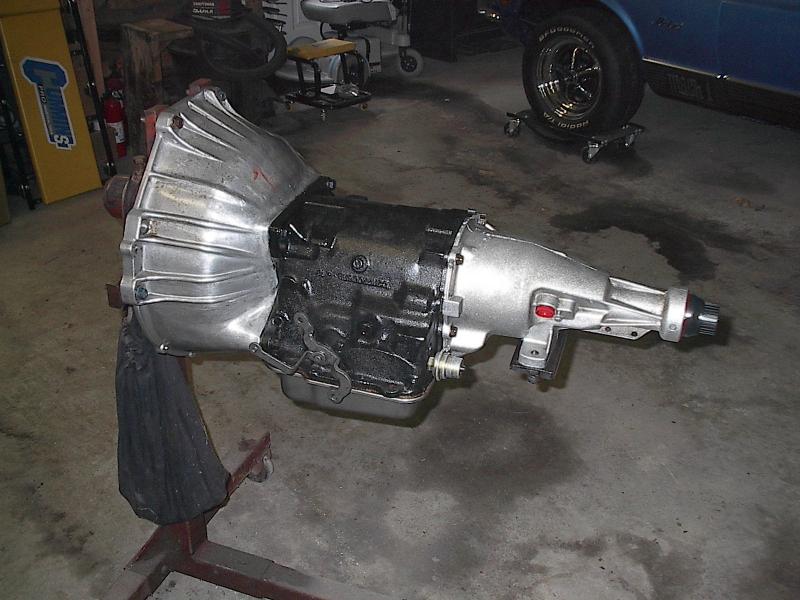
The FMX was cleaned up, resealed, painted, and a Transgo Reprogramming kit was installed.
